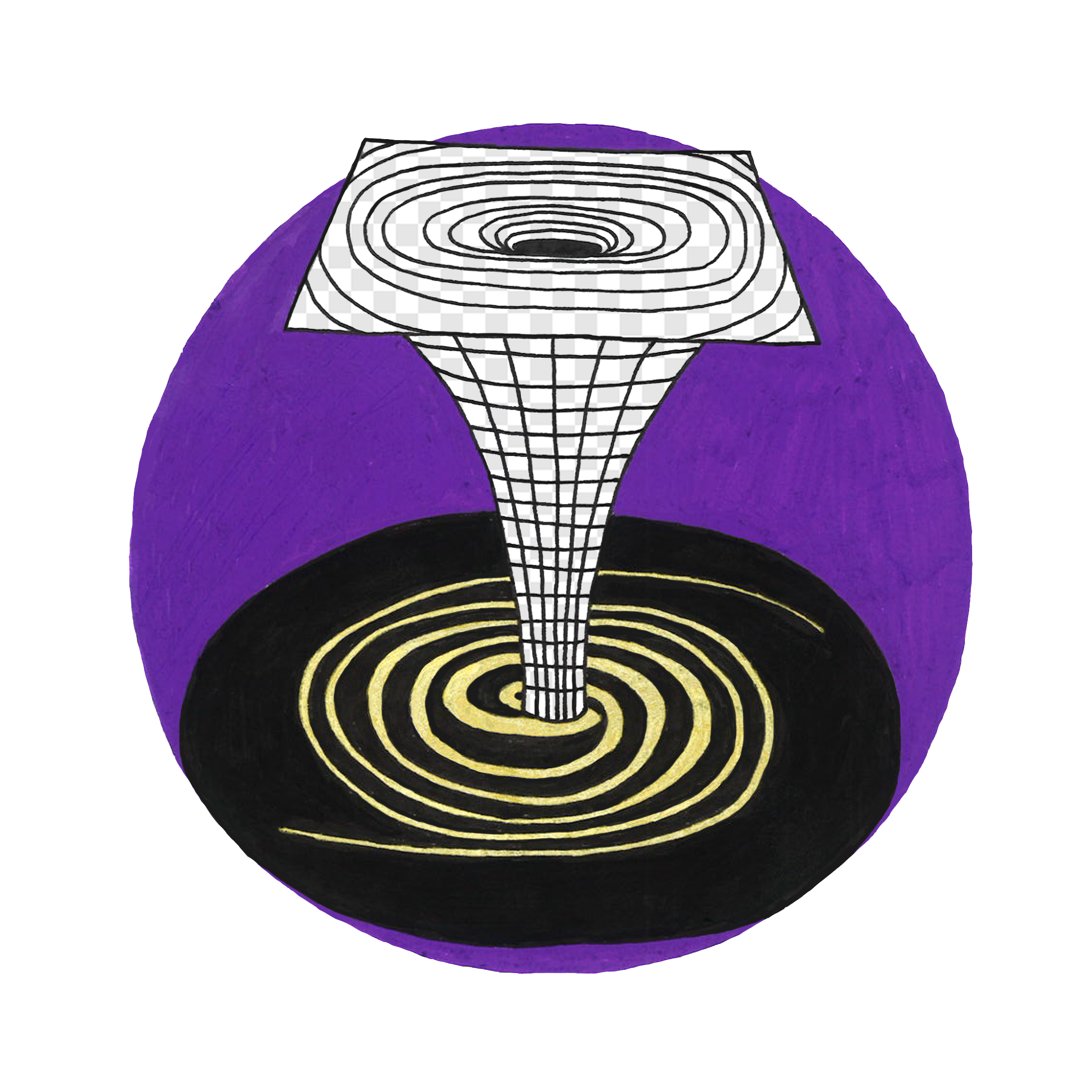Posts from June 2022
Portret of Sagitarius A*: the black hole in our Milkyway
Leiden, the Netherlands
Taking photographs of giant but invisible objects
Gigantic heavy objects occupy the centres of galaxies. All the objects in the universe have a gravitational force that is proportional to their individual masses. A weight can be so heavy that the attraction is so strong that it even prevents light and the smallest particles from escaping falling towards the object. Those objects have been called black holes by astronomers.
Actually, the name black hole is quite odd. The colour "black" means that we cannot see any visible light around the object. It's a bit like looking for a well when it's dark. If we cannot see anything, we cannot tell if there is a well nearby. But then, how did we ever find out that black holes exist if we cannot see them?
A hundred years ago, Einstein predicted the phenomena of black holes with his (special) theory of gravity. He described gravity in itself not as a force but as a curvature of space. This curvature would be a consequence of the existence of a mass in space. The heavier the mass, the greater the curvature. An object with a gigantic mass therefore creates very strong curves. These can become so steep that no object close to the mass can escape: everything falls towards the mass into a big black hole.
Three years ago, researchers achieved the impossible. With seven large radio telescopes spread across the globe, they joined forces to form a radio telescope the size of the earth. This telescope has an incredibly sharp resolution and can see far enough to observe the centre of galaxy M87. For decades, astronomers have suggested that a super-massive black hole is hiding in the centre of M87. And nothing could be further from the truth: in April 2019, astronomers presented the ultimate proof of Einstein's theory: the very first photo of a gaping black hole.
M87 is not the only galaxy with a black hole. Since the 1980s, it has been clear that a large, mysterious, invisible source is hiding in the centre of the Milky Way. The object is called Sgr A*. Stars near the centre rotate in gigantic arcs around the same point. Their movements are monitored in great detail. There is one particular star that is receiving particular attention: S2. In 2002, S2 was found to be at the point closest to Sgr A*. By adding this point to the models, astronomers can estimate the size of the source. It turned out to have the mass of 4 million suns. The only object that could be that heavy without emitting any light would be a black hole.
It is expected that at the centres of all large galaxies in the Universe there are gaping black holes. They swallow up hundreds to thousands of stars the size of the Sun (in mass) every year. A massive amount! Fortunately, we don't need to be afraid of these black holes. They are so incredibly far away from us that if we could fly a spaceship at the speed of light, it would still take us 27,700 years to get to the nearest black hole!
June 28, 2022

